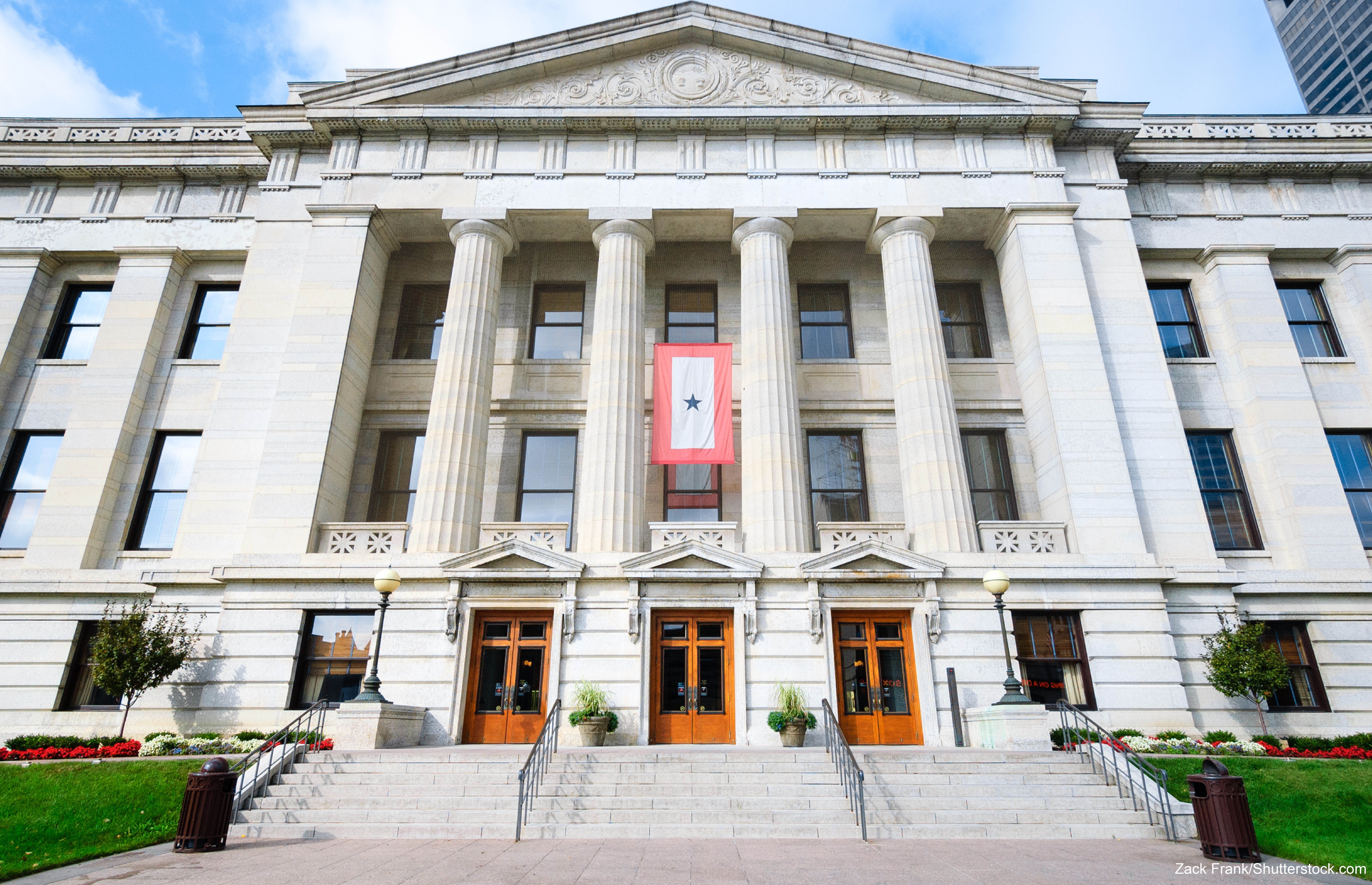It is still time for caution in state spending
Jan 17, 2014
Ohio policymakers need to proceed with caution when it comes to spending, even when it comes to expanding a politically popular program such as the State Capital Improvement Program (SCIP). What looks good today as we climb out of the economic hole Ohio fell into during the late 2000s may look less sunny when the next downturn hits.
When looking at the total state-only spending between Fiscal 1990 and Fiscal Year 2013 (the last year of full spending), Ohio has nearly doubled spending ($10.7 billion in FY90 vs. $21.3 billion in FY13). This increase is nearly 12 percent over inflation. Further, this spending does not include the “normal” flow of federal money much less the massive infusions of federal aid that came from the stimulus bill. It also doesn’t include the federal dollars coming from the recent Medicaid expansion, or the state funds which could (and indeed will likely) be needed to fill gaps that emerge should Washington cut the matching rate.
While the “Great Recession” that began in 2007 has been over for several years, one cannot be certain when the next downturn will take place. Therefore, fiscal prudence suggests that conservative spending is appropriate in order to avoid the unenviable position of having to make draconian cuts or job-killing tax hikes in the middle of a subsequent recession. Unfortunately, as Ohio discovered several times between 2000 and 2010, having a higher baseline of spending resulting from spending over inflation during the good times makes one or both of those unpalatable options highly likely when the economy takes a hit.
This background should be kept in mind when considering Senate Joint Resolution 6, which would reauthorize SCIP for ten additional years.
SCIP was created in 1987 through a constitutional amendment that authorized the General Assembly to provide by law for the issuance of general obligation bonds to help local governments fund a myriad of infrastructure projects. The program lasts ten years and has been renewed twice: in 1995 and 2005. The proposed SJR 6, if passed by the General Assembly and then passed by voters this November, would increase the borrowing limit from $150 million annually (which began in 2011) to $175 million for the first five years of the renewed program and $200 million for the final five years. The total amount of issued bonds would be $1.875 billion over ten years and is an increase of over $500 million from the previous reauthorization. The overall debt load, including interest payments, is estimated to be $3.01 billion by the Office of Budget and Management (OBM), with the annual debt servicing cost to increase by $40 million a year. This remains below the 5 percent constitutional debt-service limitation, but still constitutes a substantial increase in spending and debt.
State and local maintenance of roads, bridges, sewers, and other infrastructure is a legitimate function of government. However, the existing SCIP Program already provides substantial funding on an ongoing basis at $150 million per year and could easily be reauthorized at this level. If additional infrastructure spending is needed, then the state should first seek to cut other, non-essential government spending so that there is no net increase in spending. Failing to review non-essential expenditures for potential cuts risks putting us back to where we were just a few short years ago when passing the state budget was an exercise in parceling out pain. By contrast, living within our means now can ameliorate the pain when economic storms hit.

